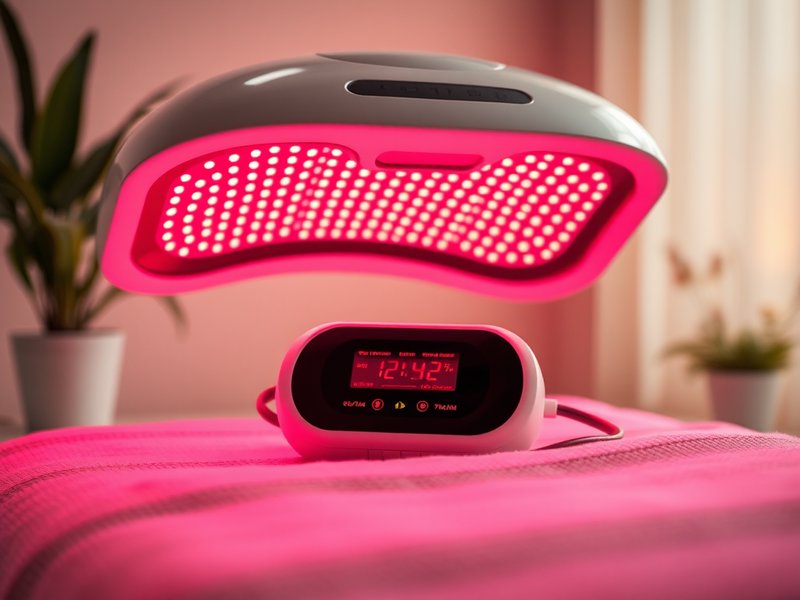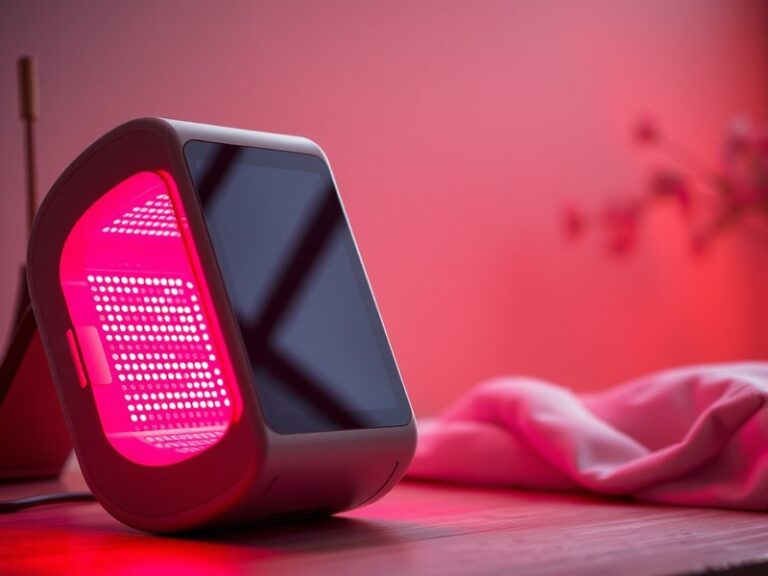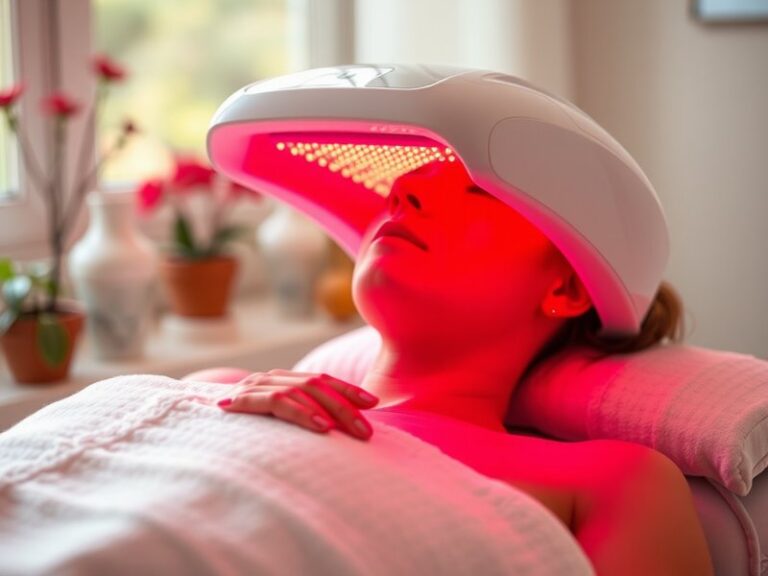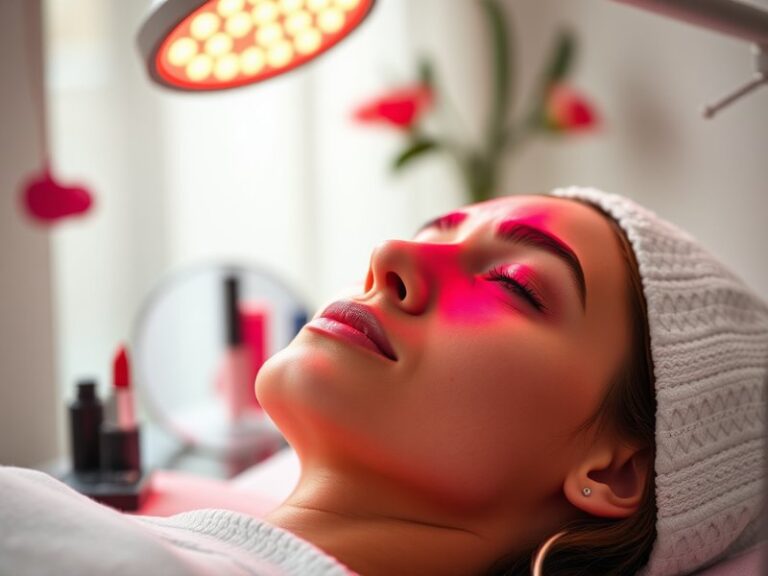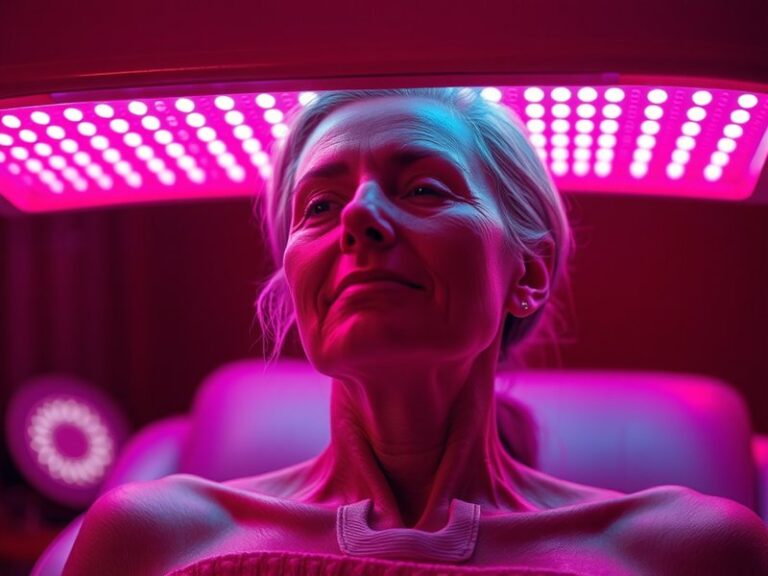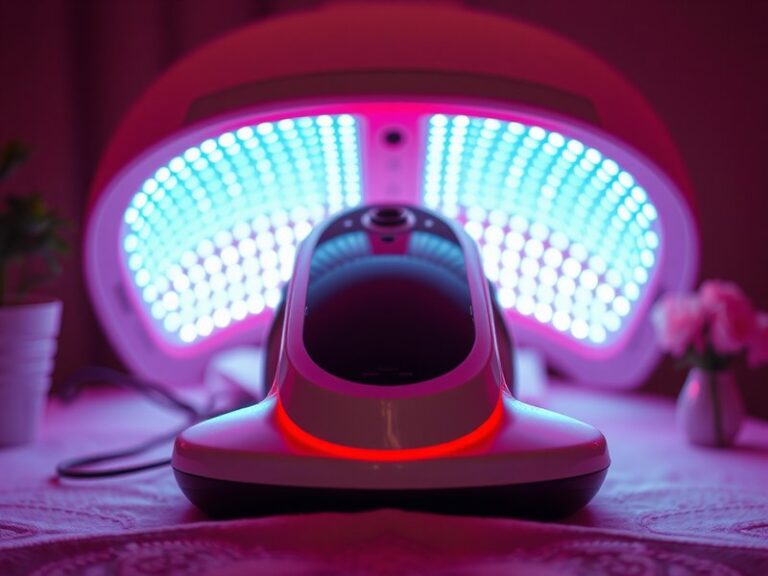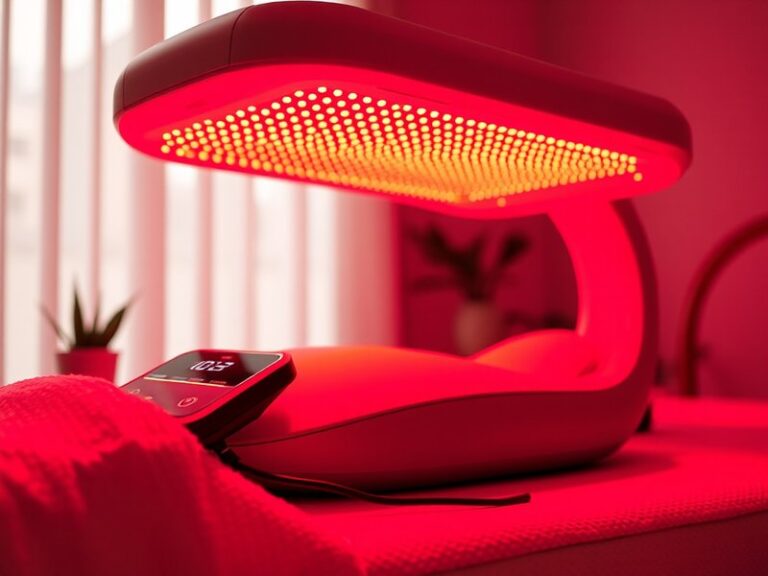Does Red Light Therapy Destroy Fat Cells?
Does Red Light Therapy Destroy Fat Cells?
Can light actually help in the battle against stubborn fat?
This article will explore the intriguing concept of red light therapy, particularly focusing on its potential effects on fat cells. We will delve into what red light therapy is, its benefits, whether it can destroy fat cells, necessary considerations before trying it, and alternative treatments available. By the end, you will have a comprehensive understanding of how this therapy fits into the larger context of body contouring and fat loss.
Key Takeaways
- Red light therapy utilizes specific wavelengths of light to stimulate cellular functions, potentially aiding in fat loss.
- Studies suggest red light therapy may help reduce fat cell volume, but it is not a substitute for healthy lifestyle choices.
- Considerations such as skin type, treatment frequency, and overall health are important before starting red light therapy.
What is Red Light Therapy?
Red light therapy (RLT) is a treatment that employs low-level wavelengths of red light to administer therapeutic benefits. It is often touted for its ability to enhance healing, reduce inflammation, and improve skin health. The wavelengths typically used in RLT range between 600 to 650 nanometers.
Red light therapy works by penetrating the skin and influencing cellular processes. When cells absorb this light, it can increase adenosine triphosphate (ATP) production, which is the energy currency of cells. This enhanced energy production can lead to various positive effects, including potentially influencing fat cells.
Mechanism of Action
Research indicates that red light therapy can cause fat cells (adipocytes) to undergo a process known as apoptosis, or programmed cell death. This mechanism may allow for the shrinking of fat deposits, but it’s essential to note that RLT is not a fat elimination procedure on its own.
Current Research and Findings
While some studies report positive outcomes regarding fat loss with RLT, findings are still emerging. The results can vary significantly based on individual factors such as skin type, body composition, and the specific protocols used during treatment.
What are the Benefits of Red Light Therapy?
Red light therapy offers several benefits that extend beyond fat loss and into areas of overall health and wellness. Here, we will explore some key advantages.
Enhances Skin Health
Red light therapy has been shown to improve skin tone and texture, reduce wrinkles, and aid in the healing of acne scars. By boosting collagen production and reducing inflammation, it can create a more youthful appearance.
Aids in Muscle Recovery
Athletes and fitness enthusiasts may find RLT beneficial for muscle recovery. Studies suggest that red light therapy can reduce muscle soreness and improve recovery time after strenuous workouts.
Check this out Nuface Red Light Therapy Effective?
Potential to Reduce Inflammation
Chronic inflammation is linked to various conditions, including obesity and metabolic disorders. Red light therapy can help reduce inflammation, potentially supporting a healthier metabolism and aiding in weight management.
Supports Wound Healing
RLT can accelerate wound healing processes, making it beneficial for those recovering from surgery or injury. Enhanced cellular function can lead to faster recovery times for problematic areas.
Is it Possible to Destroy Fat Cells with Red Light Therapy?
The possibility of destroying fat cells with red light therapy is still being examined. While there is evidence to suggest that RLT can induce apoptosis in fat cells, it is critical to understand that it doesn’t eliminate fat through immediate fat loss. Instead, it may lead to a gradual reduction in fat cell volume over time.
What are the Advantages of Using Red Light Therapy for Fat Loss?
- Non-Invasive Nature: Unlike liposuction and other surgical procedures, RLT is non-invasive and typically requires no downtime.
- Complementary to Diet and Exercise: RLT can be combined with a healthy diet and regular exercise for enhanced results.
- Minimal Side Effects: The treatment is generally well-tolerated, with few reported side effects compared to surgical options.
What are the Disadvantages of Using Red Light Therapy for Fat Loss?
- Limited Scientific Consensus: More research is needed to fully understand the long-term effects and efficacy of RLT for fat cell reduction.
- Variable Results: Individual results can vary widely, making it an unpredictable fat loss solution for some.
- Not a Standalone Solution: For effective fat reduction, RLT should not replace traditional methods such as diet and exercise.
What are the Things to Consider Before Trying Red Light Therapy?
Before embarking on a red light therapy regimen for fat reduction, several considerations should be evaluated.
Skin Type and Sensitivity
Individuals with certain skin types or sensitivities may experience adverse effects. It is important to consult a healthcare provider, particularly for those with existing skin conditions.
Treatment Frequency
The frequency and duration of red light therapy sessions can greatly influence outcomes. Proper scheduling is necessary to achieve the desired effects and maximize benefits.
Underlying Health Conditions
Those with underlying health issues should consult with a medical professional before beginning RLT. Conditions such as photosensitivity or certain medications may interact negatively with light therapy.
What are the Alternatives to Red Light Therapy for Fat Loss?
There are various alternative treatments available for fat loss beyond red light therapy.
Cryolipolysis (CoolSculpting)
This FDA-approved procedure involves freezing fat cells to promote fat loss. It is non-invasive and has gained popularity due to its effectiveness.
Laser Lipolysis
This minimally invasive procedure uses laser energy to target and destruct fat cells. The recovery time is relatively short, making it appealing to many individuals.
Traditional Liposuction
Liposuction remains a popular method for target fat removal. While more invasive, it provides immediate and significant fat reduction results.
Conclusion: Is it Recommended to Use Red Light Therapy for Fat Loss?
In conclusion, red light therapy shows promise as a supportive tool for fat loss, particularly when integrated with healthy lifestyle choices. However, it should not be viewed as a miracle cure or standalone solution for fat reduction. Those interested should conduct thorough research and consider personal health factors before proceeding with treatment. Consulting professionals can provide valuable guidance in making well-informed decisions about body contouring options.
Frequently Asked Questions
Can anyone use red light therapy?
Red light therapy is generally safe for most people; however, individuals with specific skin conditions or sensitivities should consult a healthcare provider before use.
How often should I use red light therapy for it to be effective?
Most protocols recommend sessions ranging from 3 to 5 times per week, but the exact frequency may vary depending on individual goals and treatment plans.
Is red light therapy painful?
No, red light therapy is typically a painless procedure. Patients may feel a slight warming sensation, but it is generally considered comfortable.
Will I see immediate results from red light therapy?
Results from red light therapy are often gradual, with many users reporting noticeable changes after consistent use over several weeks.
How long do the effects last after red light therapy?
The longevity of results varies among individuals and depends significantly on lifestyle habits such as diet and exercise. Regular maintenance sessions may be beneficial for sustained benefits.
Get all the facts in Is Red Light Therapy Covered by Insurance?
